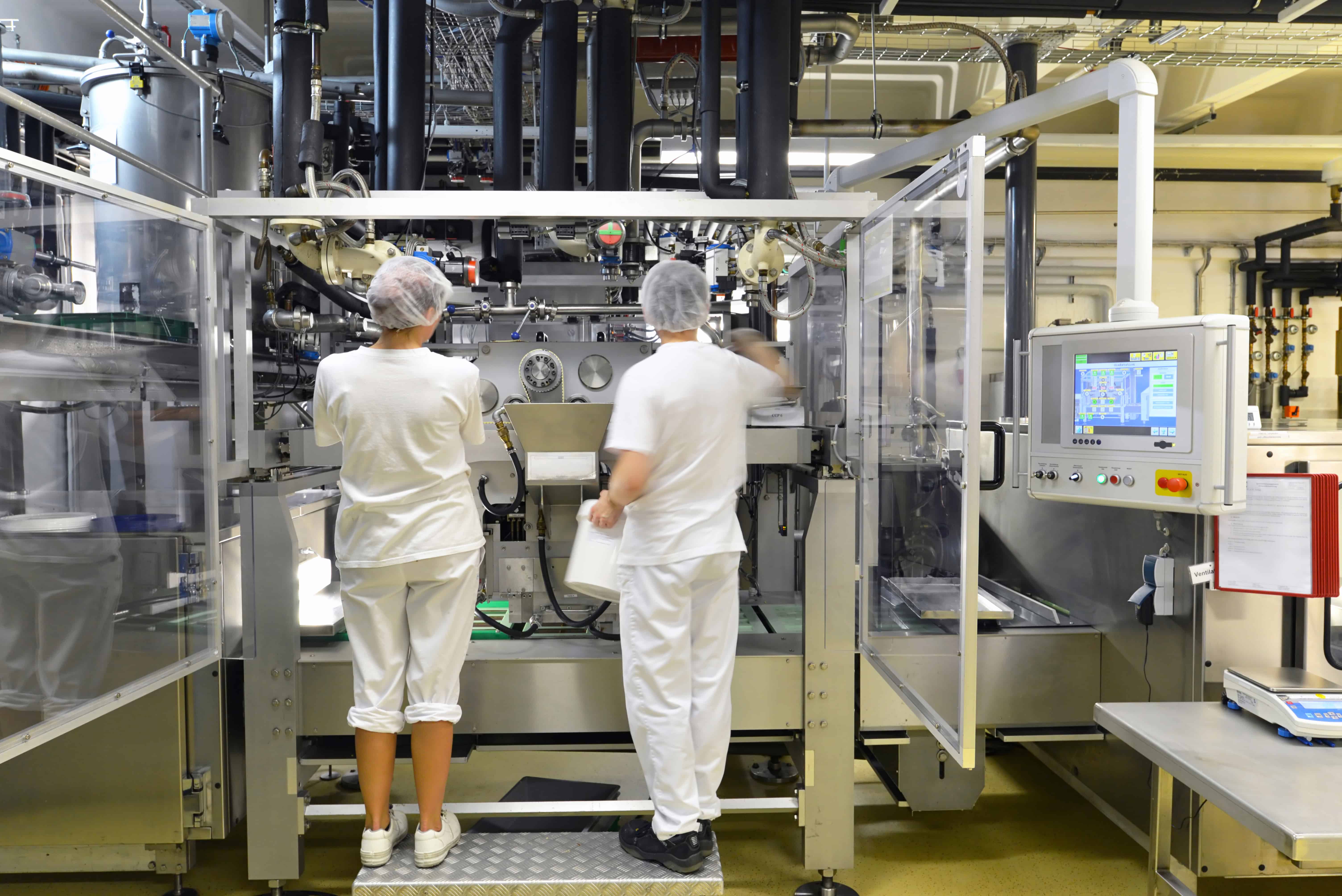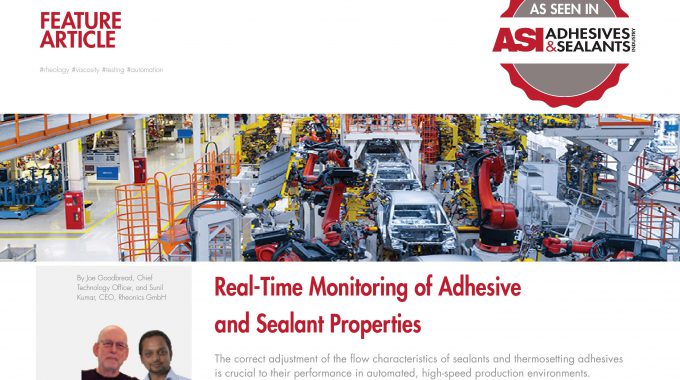
Guide to complying with FDA requirements for Calibration when using Rheonics Sensors in FDA approved facility
States Foods and Drug Administration (FDA or USFDA) is a federal agency of the Department of Health and Human Services (HHS, Health Department) responsible for:
- Protecting and promoting public health by ensuring food and dietary supplements are safe for consumption
- Regulating drugs and other biomedical products like medical devices (including radiation-emitting devices) for safety and effectiveness
- Regulating tobacco products
- Regulating cosmetic products for safety
- Regulation of living organisms
- Ensure all these products are labeled properly and consistently
- Leading public health and safety efforts by helping speed up product innovation
- Audit and surveillance inspection of manufacturing facility to determine compliance with laws and regulations administered by the FDA
Products that are FDA approved have been analyzed, tested and evaluated to ensure the benefits and risks are properly quantified. In addition, FDA audits manufacturers to ensure they are operating in a sufficient state of control by reference to the GMP regulations and policies.
CGMP violations include amongst other things –
- Poorly maintained or contaminated equipment
- Lack of process control
- Failure to conduct and resolve discrepancies, failures, complaints and deviations
Rheonics instruments for density and viscosity monitoring are used in manufacturing processes and facilities which generally undergo audits and surveillance inspection by FDA. These are typically pharmaceutical, food, cosmetics, and dietary supplement manufacturing facilities.
Three ways Rheonics instruments help the surveillance inspection process:
- Monitoring of process viscosity (and density) can be used to produce documented evidence of past events
- Reliable, repeatable scientific measurements made by rheonics instruments can be used to provide scientific evidence to support conclusions made in reports
- Trend reports from inline process lines can demonstrate compliance to quality and safety for marketed products
All rheonics sensors come with in-built data recording, calibration verification and re-calibration systems. These help firms:
- Record process fluid data contemporaneously
- Actual measurement that can be traced back to the instrument calibration certificated
- No need for sampling and avoid issues with re-running or discarding samples without any traceable documents
- Real-time data, shows as the process worked instead of being susceptible to manual manipulation (a severe data integrity issue that FDA investigators look out for)
- Raw data that reflect the actual processes product physical property
To ensure that Rheonics Sensors measurement data can be used during FDA approval, it is important that the sensor is calibrated. The section below discusses how Rheonics sensors meet the FDA requirements for Calibration.
What is Calibration?
Calibration is the process of capering measurement values delivered by an equipment under test with those of a calibration standard of known accuracy.
For viscosity and density sensors, mostly a reference fluid (NIST, ISO, SAE or other national body traceable) is used for calibration. Sometimes a reference instrument is used instead of a reference calibration fluid – in these scenarios, the calibration service provider is expected to operate in accordance with ISO/IEC 17025.
Importance of Calibrated Instrument during FDA approval
Calibration is required to ensure the measurement equipment is performing correctly and to minimize any uncertainty in measurements. It reduces errors in measurement to an acceptable level and increases confidence in the documentary evidence of the process that is presented during FDA approval and surveillance process. Calibration is generally part of the regular servicing and maintenance of the equipment.
FDA requirements for Production and Process Control
Excerpt from CFR – Code of Federal Regulations Title 21, subpart, Sec. 820.70 G – Production and Process Controls:
Each manufacturer shall develop, conduct, control, and monitor production processes to ensure that a device conforms to its specifications. Where deviations from device specifications could occur as a result of the manufacturing process, the manufacturer shall establish and maintain process control procedures that describe any process controls necessary to ensure conformance to specifications.
FDA requirements for Equipment Calibration
Excerpt from CFR – Code of Federal Regulations Title 21, subpart G, Sec. 820.72 – Inspection, measuring, and test equipment:
- Each manufacturer shall establish and maintain procedures to ensure that equipment is routinely calibrated, inspected, checked, and maintained.
- Calibration procedures shall include specific directions and limits for accuracy and precision.
- Deviations should be recorded, and remedial actions defined.
- Calibration standards used for inspection, measuring, and test equipment shall be traceable to national or international standards.
- All activities must be documented.
FDA Guidelines for Calibration
- Perform calibrations at specified periods according to established procedures.
- Record calibration activity for every equipment.
- Establish acceptable limits for calibration and remedial actions for deviations.
- Train calibration personnel and ensure calibration certificates are either displayed near the equipment or readily accessible to personnel using the equipment and individuals responsible for calibrating the equipment.
- Use calibration standards that are traceable to national or international standard bodies like the National Institute of Standards and technology (NIST).

How to ensure Rheonics Sensors are calibrated according to FDA guidelines?
All Rheonics sensors are factory calibrated and do not generally need re-calibration in field. However, for meeting FDA requirements we have ensured it is easy to calibrate the sensors. To achieve this, we have the following features that meets the needs for calibration and documentation.
Rheonics sensor hardware comes with the following options:
- Delivered factory calibrated
- Come with calibration certificates (when requested) showing traceability to NIST viscosity and density references
- Have onboard data logging capability which includes storage of all calibration points
Rheonics software tools like RCP (Rheonics Control Panel) have ability to check and calibrate the sensors and record the calibration activities to generate proper documentary evidence.
We recommend calibrating Rheonics sensors with NIST traceable fluids such as the ones available from Cannon Instruments.
How to calibrate Rheonics Sensors?
At customer location – using RCP software and NIST traceable viscosity standards
Calibration can also be requested through Rheonics support centers. All sensors calibrated at Rheonics facilities are delivered with calibration certificates containing information of the calibration fluid used (NIST traceable), accuracy and precision achieved.
Rheonics sensors in the complete manufacturing ecosystem, relevance to FDA approval process
Rheonics sensors monitor incoming, in-process and outgoing product monitoring and traceability. This helps track and trace a product through its complete manufacturing lifecycle. Sensors are used for generating:
- Incoming acceptance data
- In-process acceptance data
- Outgoing acceptance data
Servicing of Rheonics sensors
Rheonics sensors are robust equipment that have a very long lifetime and are zero maintenance when used in process conditions which are within the operational envelop of the sensor. However, if servicing is required, we ensure compliance of our servicing activities to the following (excerpt from CFR – Code of Federal Regulations Title 21, Subpart N, Sec. 820.200 – Servicing)
Service reports is documented and includes:
- The name of the device serviced
- Unique device identifier (UDI)
- The date of service
- The individual(s) servicing the device
- The service performed
- The test and inspection data
References:
- https://www.fda.gov
- https://www.fda.gov/food
- https://www.fda.gov/drugs
- https://www.fda.gov/cosmetics
- https://www.fda.gov/drugs/guidance-compliance-regulatory-information
- https://www.accessdata.fda.gov/scripts/cdrh/cfdocs/cfcfr/CFRSearch.cfm?CFRPart=820&showFR=1
- https://cannoninstrument.com/viscosity-flash-point-standards.html
- Dynamic viscosity standards: NIST traceable, ASTM D2162, ASTM D445, ASTM D7042, ASTM 7483, IP543, ISO/IEC 17025
- Kinematic viscosity standards: NIST traceable, ASTM D2162, ASTM D445-IP71, ASTM D446, ISO 3104, ISO 3105, ISO/IEC 17025
Rheonics density meters and viscosity meters are available as probes and flow-through systems for installation in tanks, process lines and reactors. All Rheonics products are designed to withstand harshest process environments, high temperature, high level of shock, vibrations, abrasives & chemicals.


